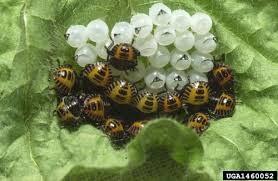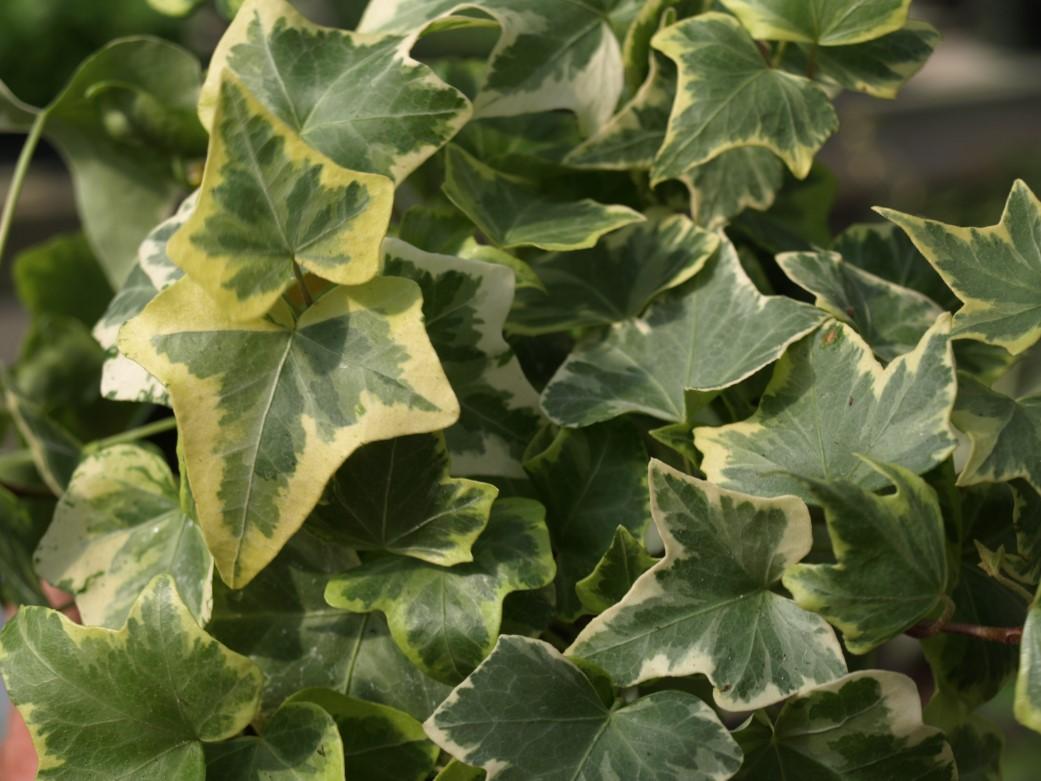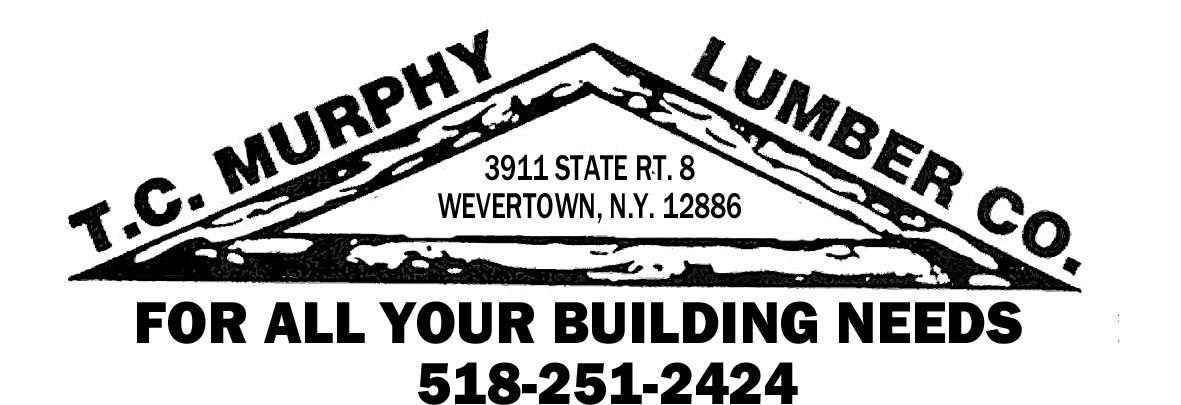Page 4
The Unwelcome House Guest: Brown Marmorated Stink Bug A Guide for Residents, Property Managers, and Pest Management Professionals
Warren County Connection
ple become alarmed at the large numbers that invade their homes (and even hotel rooms). This insect cannot reproduce indoors, cause structural damage, or bite. They can produce unpleasant odors in large numbers.
By: J. Gangloff-Kaufmann, New York State Integrated Pest Management Program, Cornell University When first detected in western Maryland in 2003, most people had never heard of the brown marmorated stink bug (BMSB), also known as Halyomorpha halys. This newcomer is thought to have been accidentally introduced from Asia into the Allentown, PA area during the mid 1990s. Since that time, populations have soared in the mid-Atlantic states, resulting in extensive crop damage. The BMSB is also attracted, often in large numbers, to buildings because they provide safe winter hiding spots. It is expected that the range of this invasive pest will grow. Within a few years, New Yorkers could be dealing with large numbers of BMSBs. This article provides tips for dealing with structure-invading BMSBs. The shield-shaped adults are ⅝ to ¾ inch (17mm) long with grayish-brown speckling on the top and bottom. There are bands of light and dark along the edges of the body, giving this insect the description of “marmorated”. Light bands on antennae and legs are found on both adults and young (nymphs). Adult females lay clusters of 20-30 round light to orange-colored eggs on the undersides of leaves. The nymphs are between 1∕16-½ inch (2mm and 12mm) long. Nymphs have no wings and do not fly. They are tear-drop shaped and colored more brightly than adults, with a black and orange pattern and red eyes. There are five nymph stages (instars) that range in size from ⅛ inch to ½ inch (3mm to 12mm). It has been observed that the BMSB is limited to one generation per year in cooler northern parts of the Northeast. However in coastal areas there may be two during favorable seasons. Brown marmorated stink bug adults emerge in April-May to mate and lay eggs through the summer. Nymphs hatch and begin to feed on juices from leaves and fruits. As numbers of BMSBs increase regionally, damage to commercial fruit production is expected. BMSB adults begin to seek protected hiding spots for overwintering. They are attracted to host trees close to structures and find gaps for entry into structures for winter protection. Although the BMSB is not a threat to human health, peo-
What to do? If a single or few BMSBs are found indoors, the best thing to do is to vacuum them or remove them without crushing them. Belonging to the group “stink bugs”, BMSBs will give off an unpleasant pungent smell if crushed. In the spring steps should be taken to build them out. Commonly, hundreds or thousands of BMSBs invade a home without the resident noticing. During the winter, warmth inside will draw the bugs out from under base molding, window/door trim, or ceiling vents. They will fly around the home attracted to the light outdoors. If a structure has previously become inundated with large numbers of BMSB it is a good idea to try and locate entryways. It might be a gap along a door or window frame, the chimney, or eaves. It is not recommended that homeowners use aerosol or total release fogger insecticides for BMSBs indoors. Foggers used in living areas will not prevent the emergence of more BMSBs. Even application of dust insecticides to wall voids and the attic is not advisable. The bugs will die indoors and remain there. In large numbers this could produce a terrible smell and may eventually result in an infestation of carpet beetles or other scavengers. Instead, vacuum up the bugs you see including in accessible attics. Note spots where BMSBs have come out into living spaces and seal those openings with caulk or sealant. Build them out - The best way to deal with BMSBs entering the home or building is to make sure they don’t find a way in. Check the outside of the structure around (Continued on page 5)






